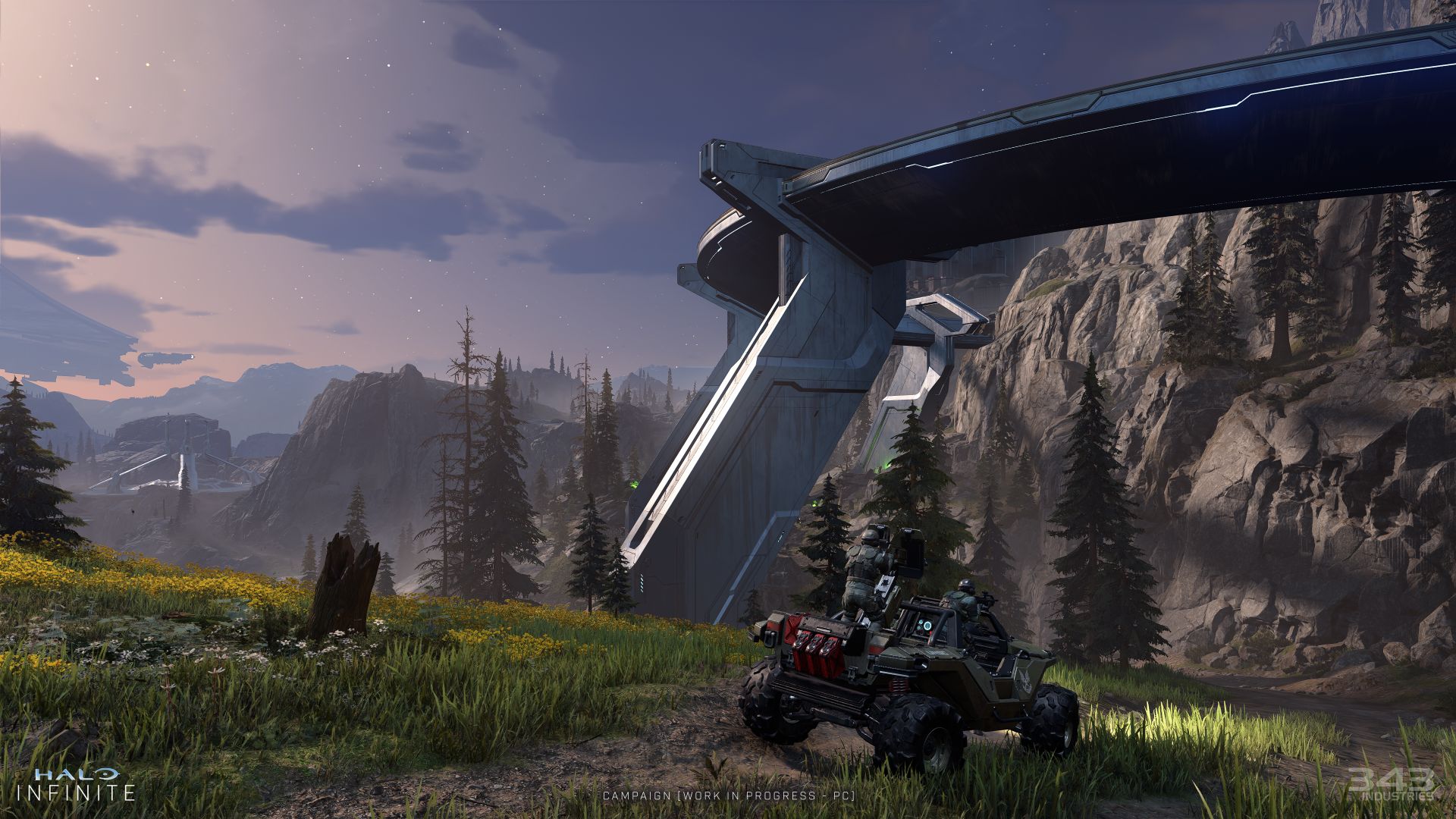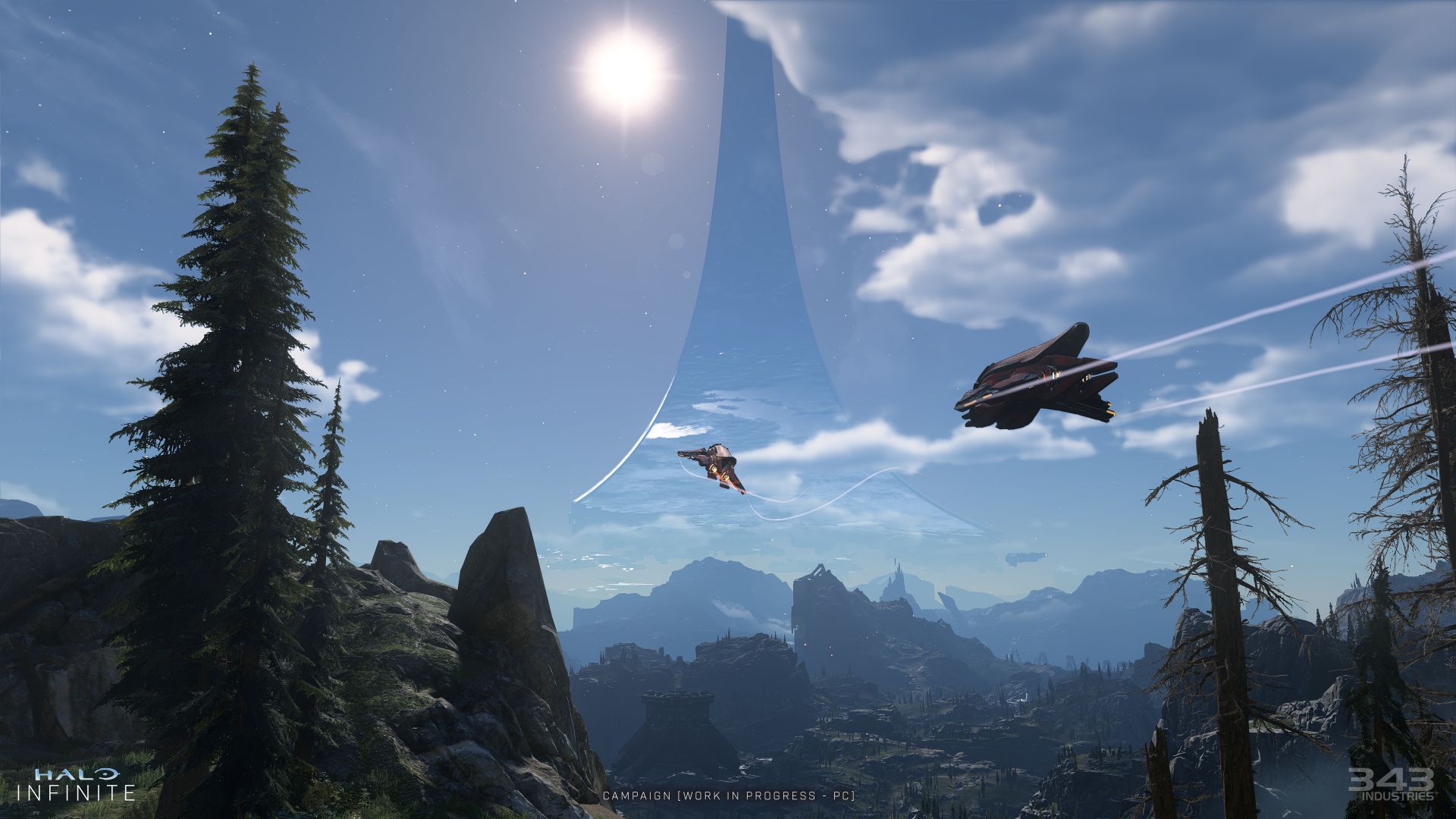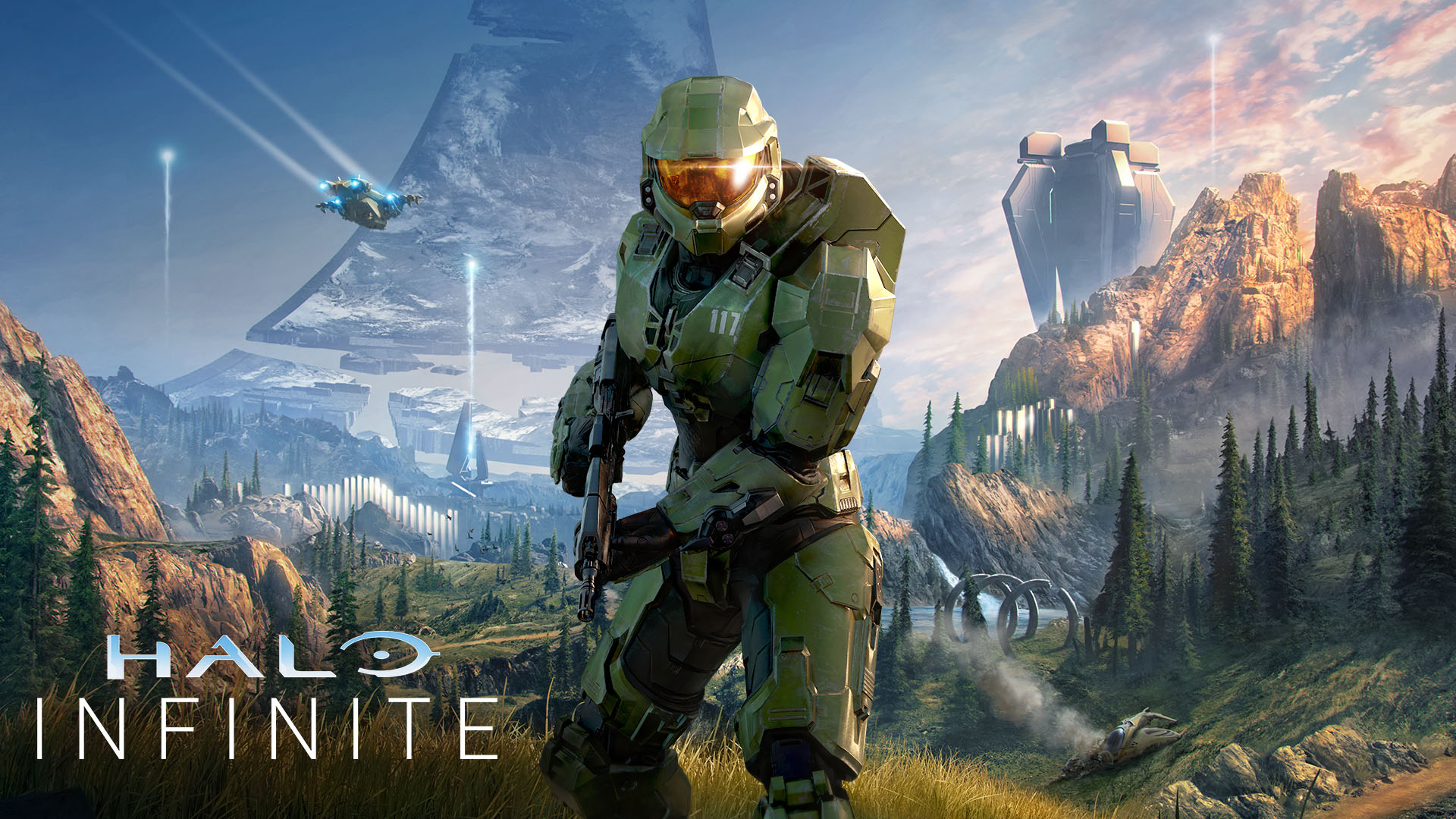
Ask anyone who’s played Halo multiplayer in the games pre-Reach and they’ll speak of a bygone era. A time when multiplayer in Halo was simply the best with nothing able to touch it; of Halo 3’s design capable of supporting casual fans and hardcore ranked grinders alike. It wasn’t just the game’s feature set and gun play that were good though. The balance was also impeccable, something which Halo: Reach and Halo 4 are blamed for ruining.
Looking at Halo 5: Guardians, its multiplayer also had its fair share of glaring problems. It lacked modes like Oddball, Big Team Battle, Firefight and Forge at launch. Warzone was a nice PvEvP mode in theory but its REQ Packs were blatantly pay-to-win loot boxes (which were waved aside as not affecting the core competitive modes). Despite all of this, the popularity of the game actually grew.
343 Industries released numerous free updates, bringing back core modes like Firefight (but still ensuring that REQ Pack weapons could be used in it), Grifball, Fiesta Slayer and more. Forge was also updated to be an incredibly robust kit that provided tons of free content for players to engage with. The esports scene, as seen with the Halo World Championship, is also doing pretty well though its popularity and hype isn’t quite at the level of today’s giants.
It’s hard to really gauge the popularity of Halo 5: Guardians’ multiplayer today, aside from anecdotal accounts about a healthy player base. The title also released in 2015 and the multiplayer scene has undergone significant changes since then. Compared to other titles like Call of Duty: Warzone, Apex Legends, Rainbow Six Siege and Fortnite Battle Royale, Halo 5 is fairly low on the list of must-play games. That it’s received such support for so long despite not dipping into yearly sequels deserves praise but it’s now on Halo Infinite to reignite interest.
Releasing in Fall 2021 (barring any major delays), Halo Infinite is already off to a decent start with its multiplayer being free to play, thus removing a major barrier of entry. But what does 343 Industries have to do to attract both new and old players to the fold? Some of the answers seem pretty obvious like including popular modes from launch itself. Forge Mode, with a proper server browser to locate games, is also a given. With free to play being the main appeal, robust anti-cheat and reliable reporting measures must also be in play. Some kind of map voting and vetoing option would also be nice, especially if you’ve encountered the same map multiple times in a row.
The formula really needs some fresh ideas though. A straight-up battle royale mode wouldn’t be terrible – in fact, it may be the quickest route to short-term success. But the battle royale shenanigans of its competitors have survived through more than just PvP. Fortnite implements PvE elements while mixing up its core modes with different modifiers, weapons, mechanics and ridiculous tasks (while adding new areas or just revamping the whole map every season).
Apex Legends has multiple maps and depending on the season, one is heavily modified to support new mechanics and areas along with “takeovers” which are themed locations that have unique challenges. In the middle of its seasons, it also has different limited-time events which introduce new rewards and challenges. It also doesn’t hurt that there’s an ongoing story with lore that’s actually interesting and plays a central role in each season.
Why not take advantage of Halo Infinite’s biggest asset – the Zeta Halo map itself – and turn it into one big PvEvP zone? Instead of two sides competing over objectives, how about multiple teams of players which could potentially team up to explore the world, garner resources and eliminate other players (along with betraying each other)? Why not remix the map to have all players battling against overwhelming hordes of foes and see how long they could survive? A Firefight mode that spans the entire world, if you will.
And while many would take umbrage to messing about with the established movement and gun play, why not introduce some truly wacky maps, perhaps set in space with zero-G movement and ship combat? Why not introduce a straight-up space combat mode like Star Wars Battlefront 2? Now, I’m not saying that 343 Industries has to roll out all of these modes at launch but the idea is to keep things fresh and interesting in the short and long-term.
The core multiplayer modes like Slayer, Big Team Battle and so on would still remain relevant for those seeking more competitive thrills. But there have to be other modes that will attract players while having a solid enough base for revamps and changes through the years.
In terms of rewards and seasons, Halo: The Master Chief Collection shows that the studio has a decent grasp on both elements. While Halo Infinite is confirmed to have premium cosmetics, it doesn’t have to be handled poorly. The developer could offer a free seasonal track for new coating and armor parts while the paid track provides more exotic-looking armor sets. Visors are also getting something interesting, which could point to different designs and aesthetics in one’s HUD, but more information has yet to be revealed.
The monetization could take a page out of the Sea of Thieves approach, which keeps its Plunder Pass cosmetics separate from the premium store skins. Some way for players to earn premium currency to spend in the store is also a given.
Of course, there are many more problems to solve when it comes to Halo Infinite’s esports approach. While esports may remain a controversial subject when talking about game balance or developer focus, it remains a vital part of a multiplayer game’s community. A robust esports scene with good exposure means more players will become interested in the game. Some may even be motivated to become pro players. The industry as a whole grows as a result and the cycle continues.
This is best explained by Halo esports boss Tashi who noted in a Halo Waypoint blog post, “If a game is entertaining to watch, has great esports content and streamers, and has strong viewership, the entire ecosystem will continue to grow organically over time. More viewership = more incentive to stream, more diverse content, more financial support for streamers (including competitive players), bigger and better tournaments, and more interest in the scene as a whole.”
The plans aren’t super concrete now but the developer is looking to tell more compelling stories, both season-long and within matches; not limiting the scene to a single platform; and hosting an in-person tournament later this year (barring any major concerns due to recent events). It’s also partnering with Esports Engine, which has former MLG employees, to collaborate on “ecosystem design, format and league operations, broadcasts, and more.”
There’s still a lot that needs to be done, from growing competitions at the grassroots level – something which 343 Industries has had issues with – to creating a proper league and attracting franchisees. Partnerships and sponsors are also key, especially when several other esports have had a head start in building their infrastructures. Tournaments have to be organized across different tiers with a proper way to funnel up and coming talents into its competitive ecosystem. 343 Industries and Microsoft need to define their audience and target it accordingly, which is easier said than done.
When it comes to several core gameplay aspects – from movement and weapon balance to map design and pick-ups – 343 Industries has much to discuss. Even with Halo Infinite releasing later this year, it hasn’t even showcased any multiplayer footage, much less announced a beta (and when it does, the beta needs to happen over months instead of a week or two). It’s not just that the title will be a major flagship exclusive for the console going forward, especially with rumors of titles like Perfect Dark, Fable and Everwild being a long ways off.
Halo Infinite’s multiplayer will also be a key ongoing service, one that will cater to a large subset of Xbox players, hardcore fans, genre fans and new players alike. Not everything will go according to plan but the key is to get the ball rolling and steadily build from there. Halo’s multiplayer could prove yet again that there’s nothing quite like it in the world but it has a long way to go before then.
Note: The views expressed in this article are those of the author and do not necessarily represent the views of, and should not be attributed to, GamingBolt as an organization.



















